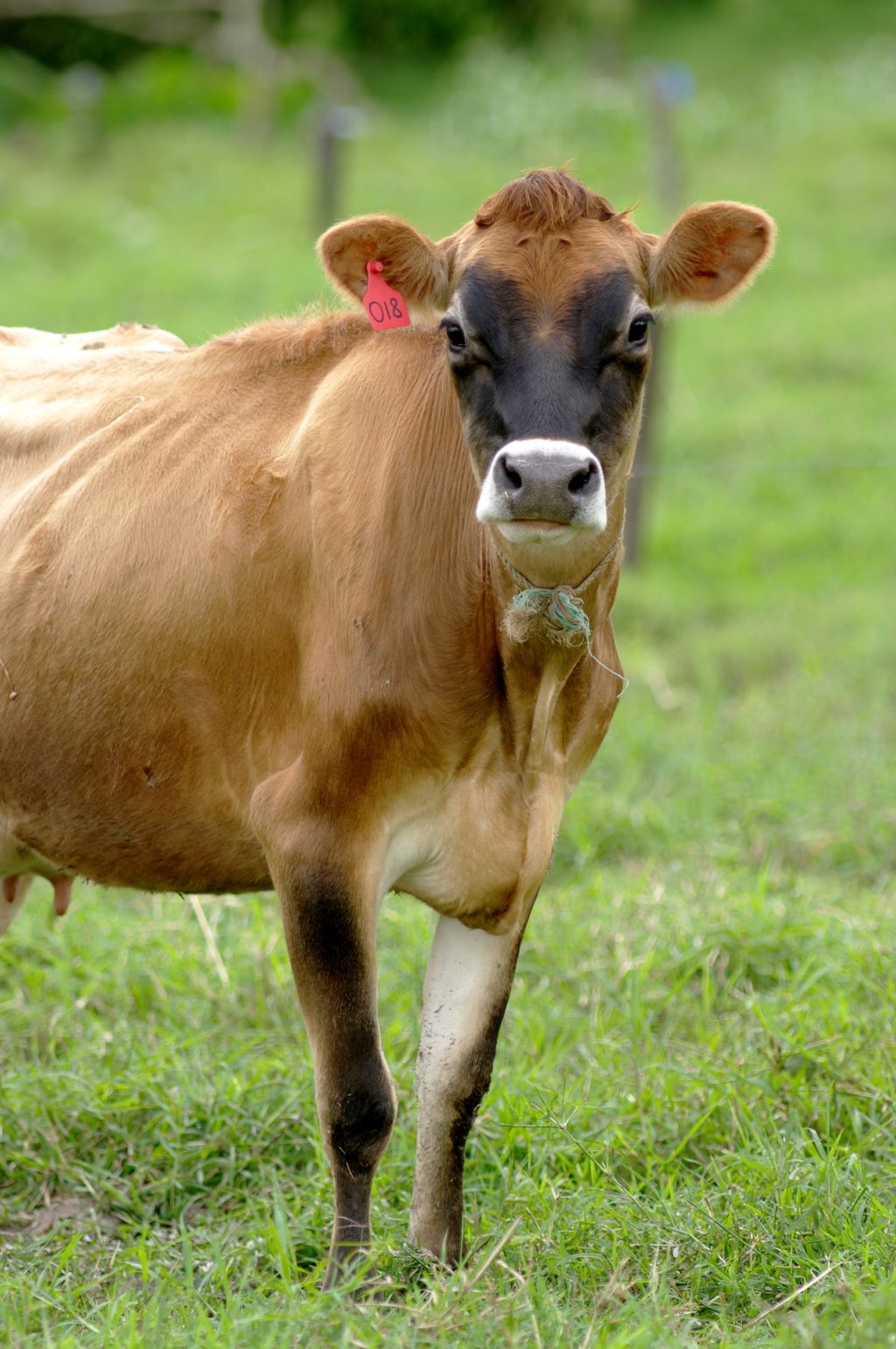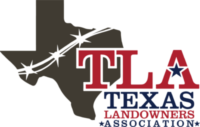
How many Cattle will my land support?
Do I have too many Cattle?
This is one of the most common questions for new landowners or landowners with little experience with livestock. The number of livestock (Cattle, Sheep, Goats, etc) that your land can support is called its carrying capacity.
This term refers to the maximum number of animals that your land can support year after year without causing damage to the vegetation. Overgrazing is caused by stocking too many livestock and can have strong negative impacts for pasture grasses and can lead to erosion, gullying, increases in unwanted vegetation, and unhealthy conditions for remaining animals. It also decreases plant biodiversity for wildlife as cattle are forced to supplement their diet with other plant life they wouldn’t normally eat.
The rate at which you stock is referred to as stocking rate. You’ll most likely hear stocking rate sound something like 1 cow per 5, 10, 20 acres. This rate varies greatly across the state of Texas and was historically the key factor in determining the market value of a ranch.
As a starting point in determining stocking rate, most landowners begin by listening to neighbors, or in the event there is an existing cattle lease landowners often leave it to the discretion of the lessee. I have seen this approach lead to very serious issues on private property. Although there is nothing better than a helpful neighbor, be cautious of taking advice from someone next door.
Also be aware that most lessees are incentivized to maximize the number of cattle on their leases in order to capture full plant production from the property. This approach is certainly not healthy for your property.
A good rule of thumb is to “take half – leave half”. In other words, you only want to utilize half of the total annual forage production of your property. Taking more than 50% can cause grasses to utilize too many carbohydrate reserves stored in their root systems making them much less tolerant to disturbance.
To get a good idea of what percentage of production the cattle on your property are actually consuming, simply create a grazing exclosure that prevents foraging in a small area. This can be as simple as purchasing a hog panel and tying its ends together creating a circular fence. Stake it to the ground and in a few months compare the forage growth in the exclosure to what is outside the exclosure.
This is also very helpful for those who plant food plots for wildlife. If you have more than twice the amount of forage inside the exclosure you most likely have too many. It’s helpful to have several exclosures in different areas of your property to get a better idea of overall utilization.
That being said, there is a very scientific way to determine your properties actual carrying capacity. It involves clipping several locations of known areas (1 Square Meter) from around your property and weighing the dried forage from each location. These weights can be averaged to determine a good estimate for the total forage production of your property in lbs. Once this value is known you can divide it by 9,600, which is the number of pounds of dry matter forage weight a 1,000 lb cow eats during a year. The resulting number is your property’s carry capacity.
Who can help? Fortunately for you there are a number of FREE resources available to you to help determine the number of cattle your property can support. Start with the Natural Resource Conservation Service (NRCS). They are a federally funded agency dedicated to helping landowners with questions about conservation, plants, soils, and wildlife. They have an office in almost every county in Texas.
Find them online at nrcs.usda.gov. They even put together this publication to help you determine your carrying capacity. https://www.nrcs.usda.gov/Internet/FSE_DOCUMENTS/stelprdb1167344.pdf
You can also try Texas A&M Agrilife Extension Service. They are a state agency dedicated to helping landowners with similar issues and have a very knowledgeable research group. Find them online at agrilifeextension.tamu.edu
As a member of the Texas Landowners Association, you also have the option to contact us directly for any questions you may have about your property. We look forward to hearing from you!
